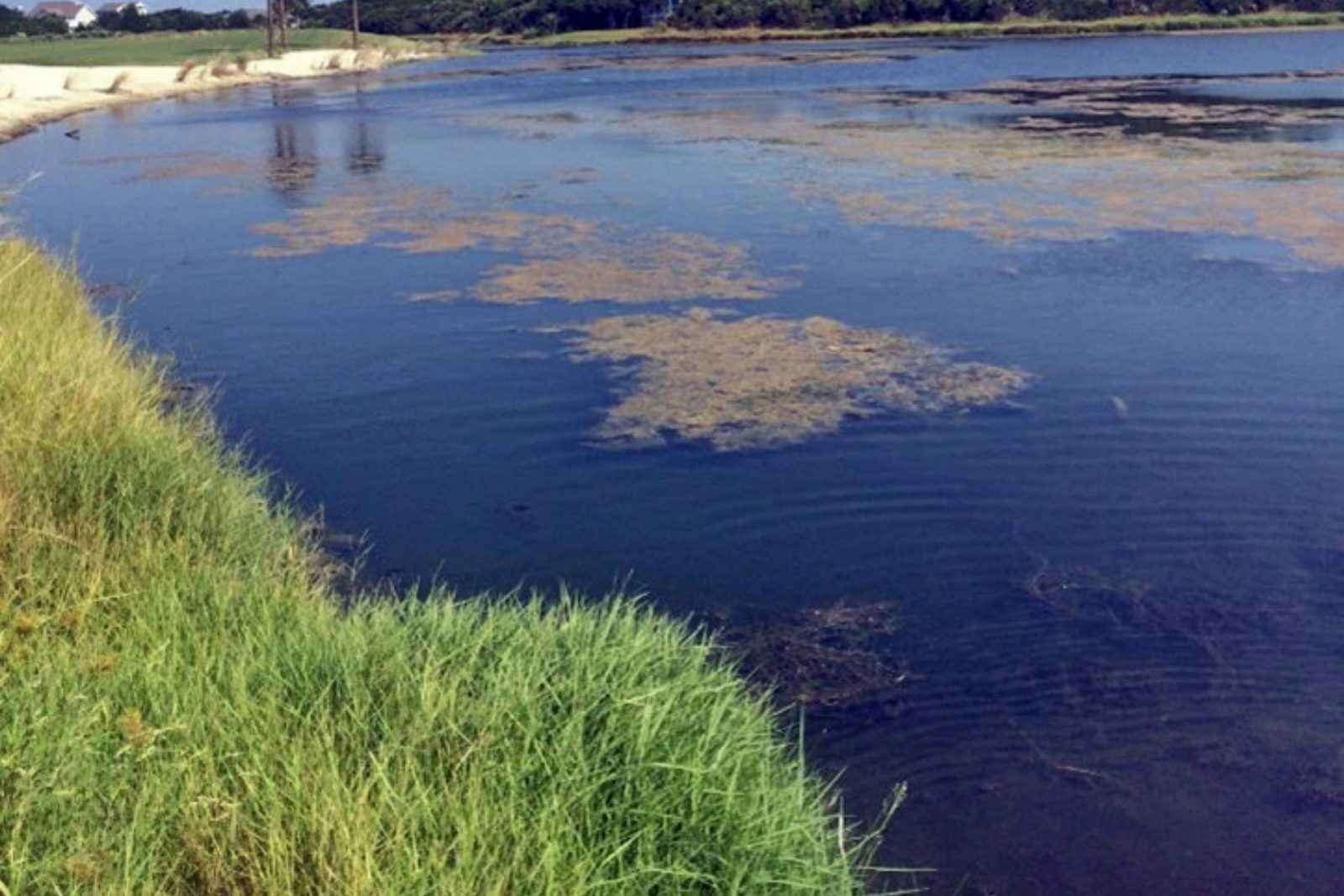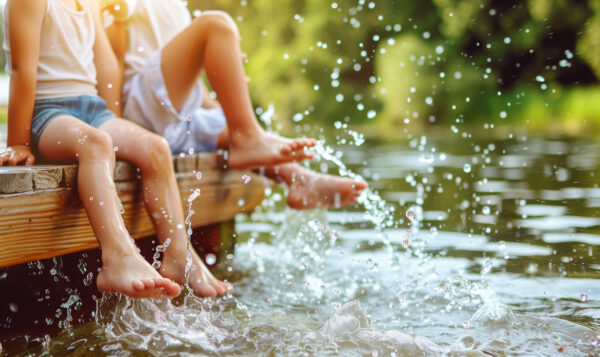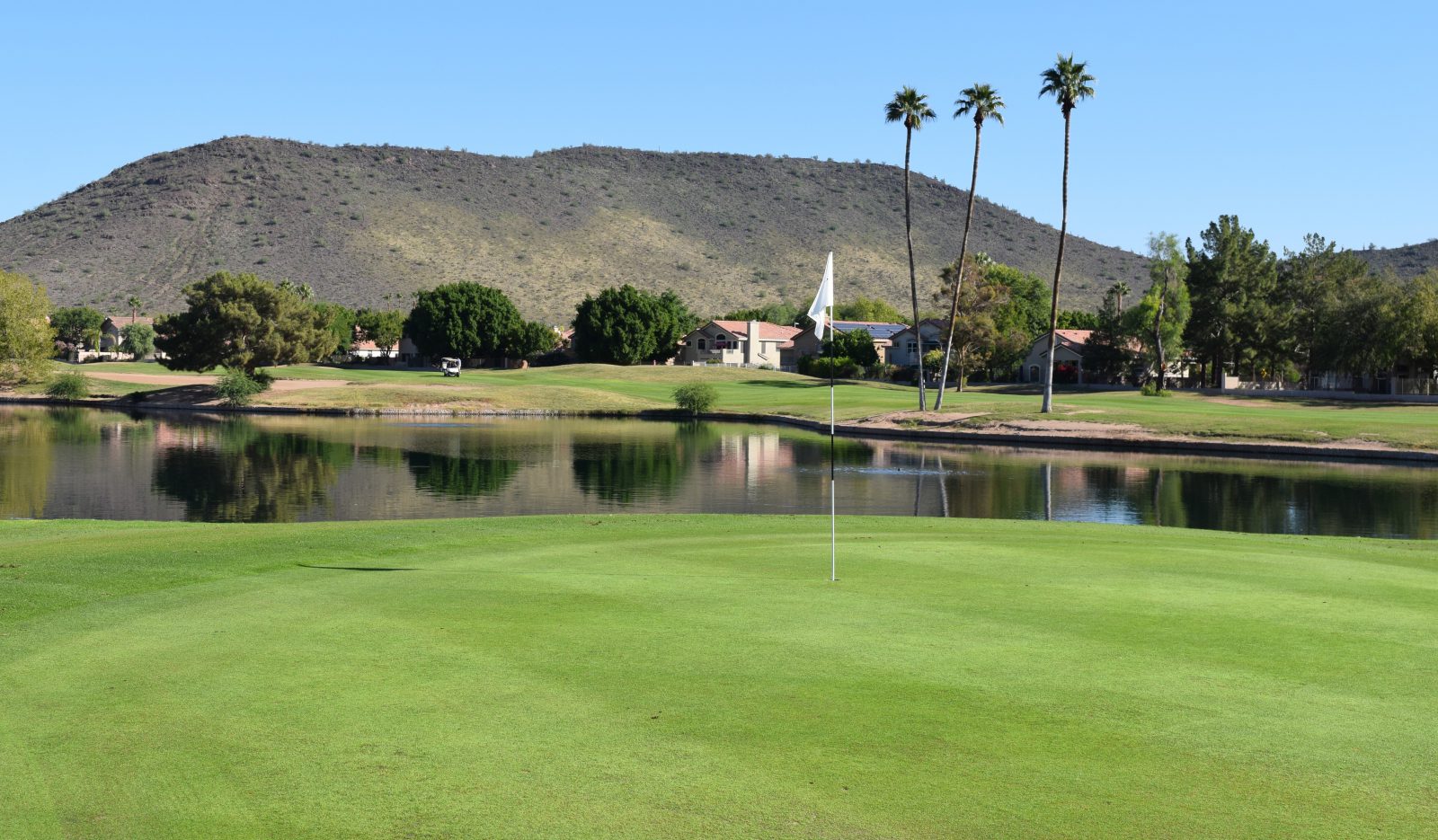
Controlling Golf Course Vegetation | Weed & Algae Control Case Study
Keeping your lakes, ponds and fisheries ecologically balanced and looking beautiful isn’t a one-time job. It requires consistent care by highly trained lake management professionals. If you wait until a problem reveals itself to take action, chances are you’ll always be playing catch-up, which is why SOLitude believes in proactive management plans to help keep water quality issues from occurring.
Below are case studies highlighting a few of our success stories involving golf course annual management programs.

Site Description:
Location: Bald Head Island, NC
This property is an island off the coast of North Carolina located at the mouth of the Cape Fear River. It is only accessible by ferry and allows limited gas-powered vehicles. The majority of the transportation on the island consists of electric golf carts and bicycles. This property is roughly 12,000 acres in total area, consisting of beaches, marshland, and maritime forests. Its unique ecosystem is home to a large diversity of wildlife including many different bird species, deer, foxes, and alligators. The country club is a golf course located on the island and is a favorite recreational spot for visitors. Like most golf courses, this one was built with numerous waterbodies in and around the course in order to challenge participants, enhance the aesthetic experience, and provide the primary source of irrigation for the course.
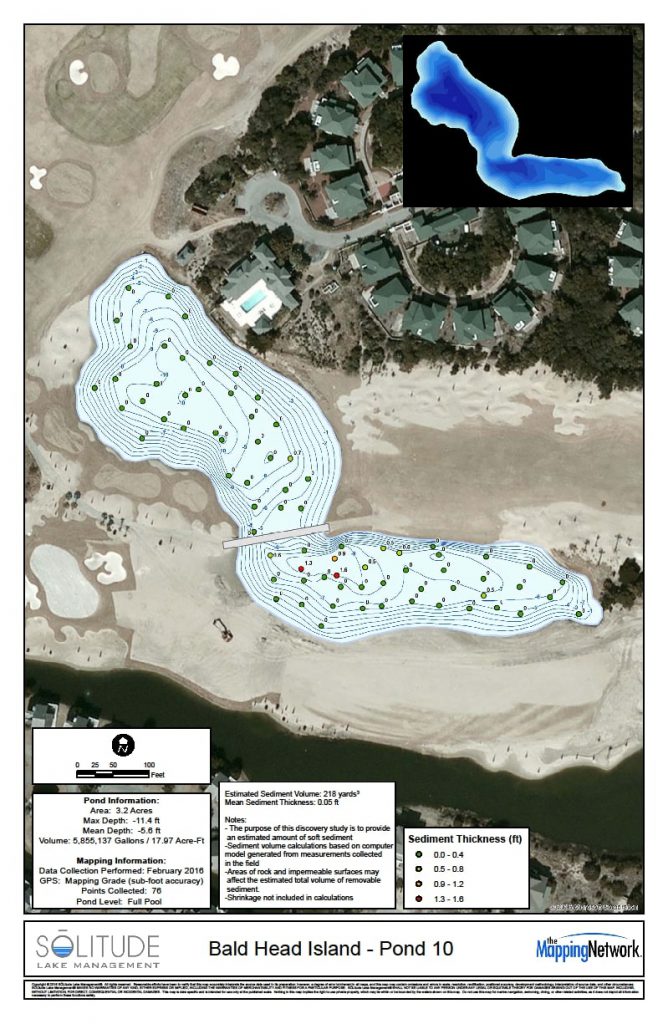
Scope of Work:
At this property, SOLitude provided consulting services to determine the best management method. An EPA-approved algaecide and herbicide were selected to control the nuisance algae and aquatic weeds. Our team also developed an Integrated Pest Management Plan for the property to help prevent future algae or aquatic weed growth.
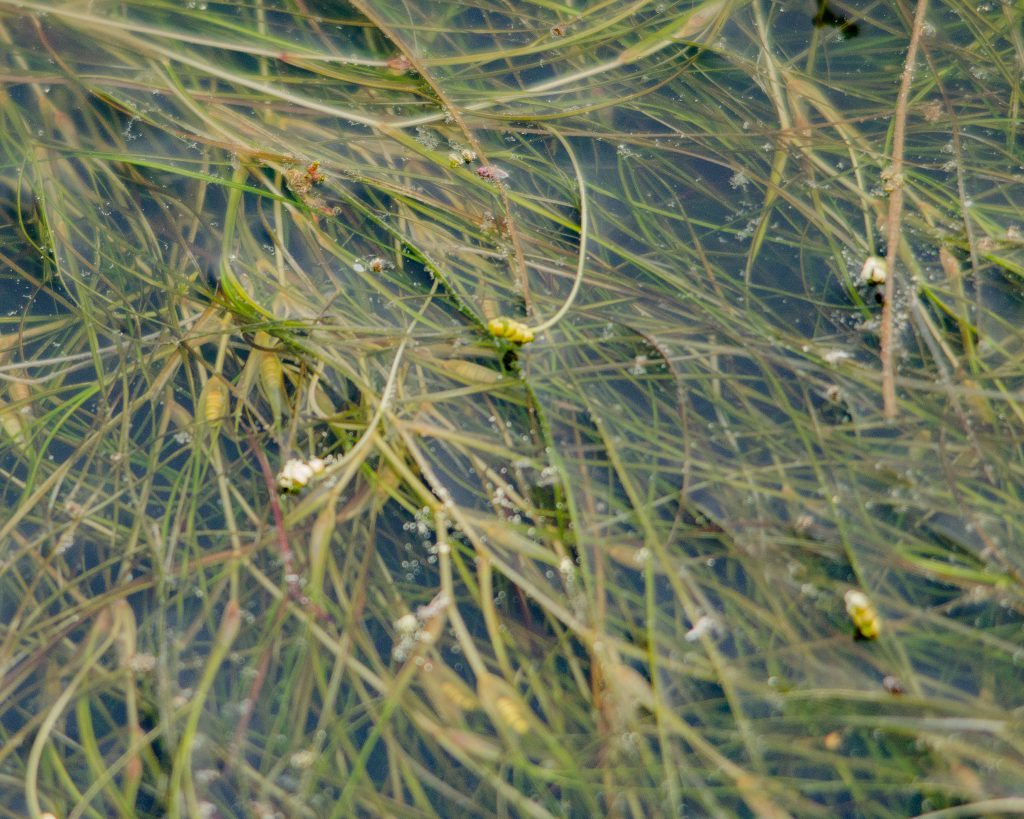
Project Description:
When SOLitude Lake Management began work at the country club, the ponds surrounding the golf course were highly infested with numerous species of nuisance vegetation. The types of vegetation causing the most issues were widgeon grass, macrophytic algae, and filamentous algae. The growth was so thick in the ponds that golf balls were commonly seen resting on top of vegetation, and it became hard to distinguish where the land ended and the water began. Other than drastically reducing the number to golf balls participants lost while playing, this situation did not offer any benefits and was less than ideal. In order to improve this situation, we devised a sustainable and aggressive treatment plan to quickly and effectively target the problem vegetation while preserving the integrity of the ecosystem. This plan had to balance the different types of vegetation and intended level of control with the use of the waterbodies as a source of irrigation, as well as the logistical challenges that come with performing work on an island that is only accessible by ferry.

Bathymetric Mapping (Lake Mapping)
Due to the regulations on the Island, the only viable option for transportation to the job site was a golf cart and the unique shape of some of the waterbodies made it necessary to perform most of the treatments from the water. In order to minimize damage to the course and disruption to golfers, we used a 10-foot Jon boat with a small outboard motor. This set-up was on a lightweight trailer pulled by a golf cart. In an attempt to acquire some baseline knowledge about the ponds under management, we mapped some of the main waterbodies around the clubhouse, looking specifically at depth, sediment load, and volume of water.
The information we discovered from the bathymetric maps allowed us to be extremely precise with our treatment calculations and irrigation recommendations. Various Algae Species After Algae Treatments. The various algae species present could be controlled without the use of irrigation restricted products, but widgeon grass is a hardy submersed vascular plant that would require a stronger combination. Contact herbicides mixed with a copper-based herbicide/algaecide were the primary tool used to combat both the algae and weeds. Treatments were coordinated with the golf course irrigation schedule to prevent damage to the turf and to maximize treatment efficacy. Due to the high level of infestation, we broke up our first treatments in each individual pond into thirds to safely bring down the vegetation and avoid a dissolved oxygen crash.
The results of the initial treatments in the first year were encouraging, but vegetation returned quickly due to high nutrient loads in the waterbody. Subsequent treatments were needed in order to control this regrowth, but on a much smaller scale than the initial treatments. The water bodies continue to transition from a highly infested state to a more balanced ecosystem as we continue to manage them according to the client’s goals. We are continuing to aggressively manage the vegetation growth and also focusing on repairing and replacing the existing aeration systems in the water bodies. Having all of the aerations systems up and running will help promote the growth of beneficial bacterial, preserve the health of the ecosystem, and continually reduce the nutrient load in the waterbodies.
Controlling Golf Course Weeds & Vegetation
- Golf Course #1
- Golf Course #2



